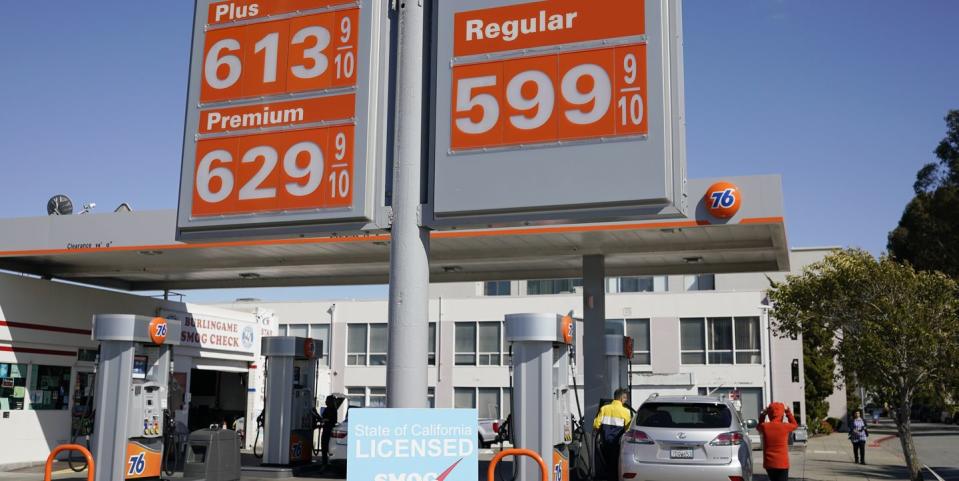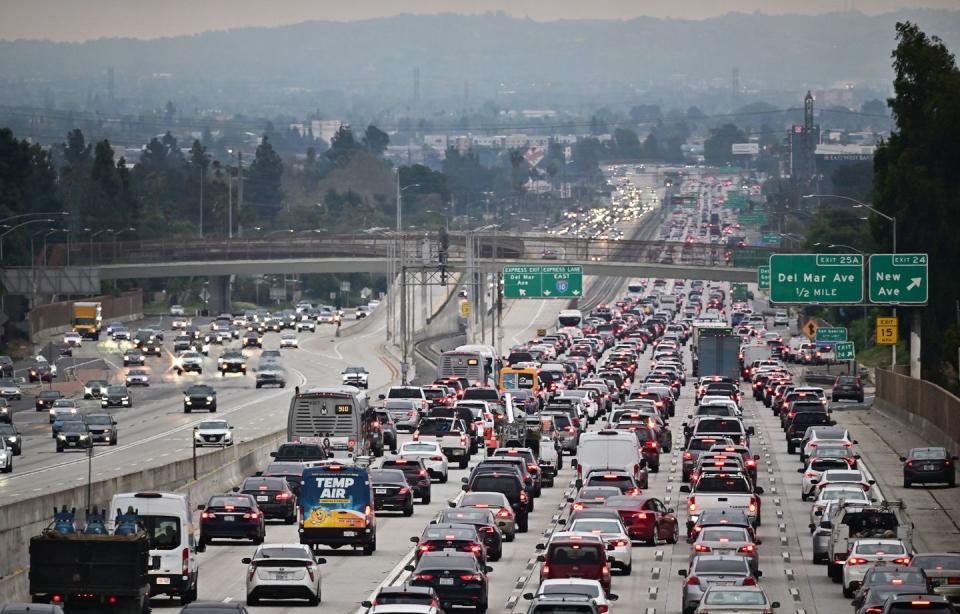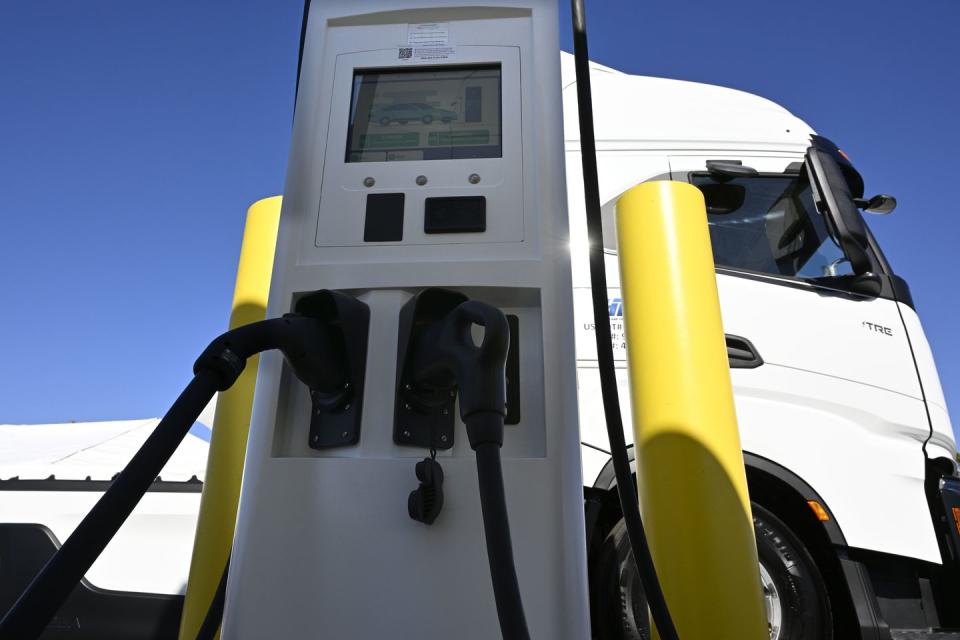Can Automakers Achieve 58 MPG on Average?

The National Highway Traffic Safety Administration is proposing a new set of fuel economy standards for passenger vehicles and heavy-duty trucks.
Following the EPA's lead, the NHTSA is proposing a 2% increase in corporate average fuel economy targets for passenger vehicles and a 4% increase for light trucks for model years 2027 through 2032.
The Alliance for Automotive Innovation has pushed back against both the EPA and NHTSA plans, calling them contradictory and claiming there is potential for billions of dollars in unfair compliance penalties.
With so much focus on electric vehicles, it seems the automotive industry isn't as interested in internal-combustion engines these days. And this feeling isn't just conjecture, as brands like Maserati and Ford announce final developments of storied gasoline powerplants and retool factories for EV manufacturing.
But a realistic perspective tells us that conventional vehicles will stick around for decades, and federal agencies like the National Highway Traffic Safety Administration and Department of Transportation want to regulate what that will look like. Specifically, the NHTSA has proposed a new set of fuel economy standards for model year 2027 through 2032, as the federal government orchestrates a nationwide push toward EVs by 2035.

In the interim though, this new proposal demands a boost in Corporate Average Fuel Economy (CAFE) requirements by 2% per year for passenger cars and 4% per year for light trucks. With previously passed CAFE rules for 2024 through 2026 requiring a fleet average of 49 mpg by 2026, the feds are essentially asking for a fleet average of 58 miles per gallon by 2032. The NHTSA rules would implement the Department of Energy's more conservative petroleum-equivalent-fuel-economy standards for electric vehicles as well.
Heavy-duty trucks and vans are also included in the NHTSA proposal, with a 10% annual increase in fuel economy from model years 2030 to 2035, in a move the agency says would cut the country's total fleet fuel consumption about 48%. Overall, the NHTSA says its proposal would save around 88 billion gallons of gasoline from now until 2050, equating to savings of $52 billion or a reduction in carbon-dioxide emissions of 900 million tons.
NHTSA estimates its proposal would result in a 56% EV market penetration by 2032, according to NHTSA Acting Administrator Ann Carlson.
Before any of this can go into effect, the federal government is opening a 60-day public comment period and wants to hear from consumers, unions, automakers, states, and environmental groups. NHTSA will also hear public opinion on five alternative plans, which range from no action at all to average fuel economy increases as high as 6% every year.

And this proposal, which closely follows language from a Biden administration executive order, actually has a better shot at passing than a similar but more stringent version proposed by the Environmental Protection Agency earlier this year.
In effect, the current EPA proposal results in a 56% reduction in emissions and a projected 67% market share for EVs by 2032, as a result of the strict 82 grams per mile company emissions average. Similarly, the EPA is proposing rules for medium-duty vehicles that would push 50% of buses and 25% of long-haul tractor-trailers to electrification by 2032.
Naturally, automaker trade groups, such as the Alliance for Automotive Innovation, have already spoken out against such proposals. In citing the EPA's estimate that the proposed rules would add a production cost of $633 per vehicle in 2027, the alliance, which represents Toyota, General Motors, and Volkswagen, said the EPA's rules are "neither reasonable nor achievable." GM Vice President for Global Regulatory Affairs, David Strickland, said the EPA's rules would cost the company $100 billion in CAFE compliance penalties.
"Conflicting and overlapping rules are complex and expensive," said Alliance for Automotive Innovation CEO John Bozzella in response to the NHTSA following in the EPA's footsteps. "If an automaker complies with EPA's yet-to-be-finalized greenhouse gas emissions rules, they shouldn't be at risk of violating CAFE rules and subject to civil penalties that levy costs on consumers and manufacturers—but deliver no corresponding environmental benefits."
Though White House Climate Adviser Ali Zaidi disagrees with these assessments, Carlson did submit that failing to use EVs to comply with the agency's proposals could result in up to $2.4 billion in penalties by 2031. However, factoring in additional EV production and increased adoption rates, the NHTSA claims non-compliance penalties will be unlikely.
Does your vehicle regularly run at its EPA-rated MPG? Has it changed with age? Please share your thoughts below.

 Yahoo Autos
Yahoo Autos 